Since 8 December 2023, the amendment to EU law requiring nutrition and ingredient labelling for wine and aromatised wine products has been in force. This requirement is the result of a specific adaptation of European wine law, which was initiated by political impulses and requirements of the EU within the framework of the Common Agricultural Policy (CAP) and supported by the wine industry.
The regulation not only affects the wine sector, but also has an impact on food information law (wine as an ingredient).
The introduction of new EU wine labelling provisions is based on Regulation (EU) No. 2021/2117, which amends Regulation (EU) No. 1308/2013 and sets out detailed requirements for the labelling of wine. In addition, the amended version of Delegated Regulation (EU) No. 2019/33 clarifies the details of the specific implementation in Art. 48a alongside a detailed Q&A from the EU Commission. European law now requires a nutrition declaration and a list of ingredients on all wine labels. The mandatory indication of the nutrition declaration is based on the requirements of the food information to consumers regulation (FIC). In addition, all ingredients that enter the product during production, including additives, must be declared. However, simplifications under wine law apply to the general application of the FIC (e.g. grapes as a basic ingredient or sulphites instead of all sulphur-containing compounds).
A special feature of the new labelling obligation is the option of not only declaring nutritional values and ingredients physically on the label, but alternatively providing them by electronic means via a QR code. The QR code, which is printed on the label, takes the consumer to a digital platform where the required information can be viewed. However, allergenic substances must still be indicated on the label as well as the energy value. There are also data protection and marketing information requirements for the electronic label.
For most of the wines, labelling in accordance with the new requirements will only be implemented from the 2024 harvest onwards, despite the cut-off date of 8 December 2023, due to their production date. The reason for this is a transitional provision in Regulation (EU) 2021/2117, which states that a product is deemed to be produced as soon as it meets the respective legal requirements of its category. For most still wines in 2023 (except for Eiswein), this meant that no labelling was necessary. For sparkling and semi-sparkling wines, on the other hand, the 2023 vintage is now gradually being labelled, as the existing internal bottle pressure is relevant for these wines.
The EU-wide introduction also for products from third countries of nutrition and ingredient labelling for wine from December 2023 is a major step forward in European wine law thanks to the electronic option. In the long term, this could pave the way for more comprehensive labelling requirements for other alcoholic beverages and non-highly processed foods and further improve food labelling for the benefit of consumers and producers.



